- No products in the cart.
COMBINED eye drops / ushn 5ml vial-cap.
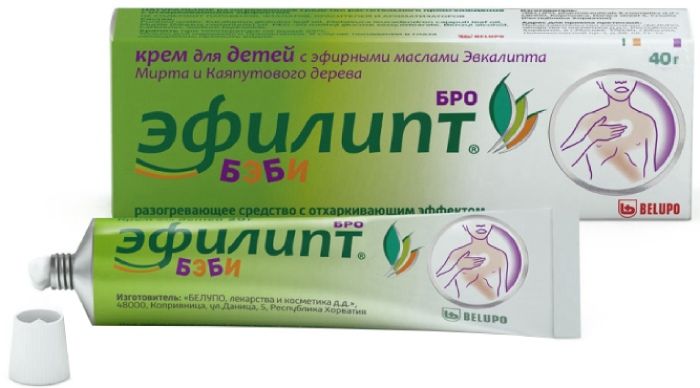
Efilipt bro baby cream for children with warming expectorant effect 40g tube
$10.76
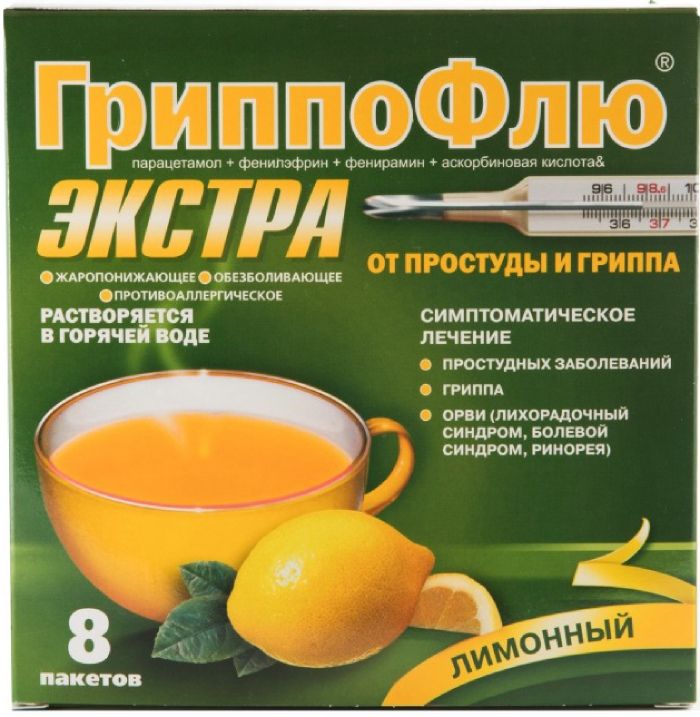
Grippoflyu extra powder for solution for cold and flu 13g 8 pcs lemon
$7.74
$10.53
COMBINED eye drops / ushn 5ml vial-cap.
Description
Composition
Active substance:
1 ml of solution contains: ciprofloxacin hydrochloride, in terms of Ciprofloxacin 3.0 mg, 1.0 mg dexamethasone.
Excipients:
Benzalkonium chloride 0.1 mg Disodium edetate 1 mg gidroksipropilbetatsiklodekstrin 20.4 mg mannitol 42 mg hydrochloric acid to pH 4.0 Water for injections to 1 mL.
Description:
The clear solution from colorless to pale yellow.
Product form:
Eye drops and ear.
5 ml plastic bottle with screw-cap dropper or in a plastic vial, sealed with a stopper dropper, closed with plastic screw cap with tamper-evident.
Each vial-dropper or plastic vial together with instructions for use placed in a cardboard box.
Contraindications
Hypersensitivity to the active agent or drug to any auxiliary ingredients entering into the composition of the dosage form of the drug; herpetic keratitis and other viral lesions of the cornea and conjunctiva; Tuberculosis eyes; fungal eye; viral infections of the auditory meatus; tympanic membrane perforation; Children up to age 18; pregnancy; lactation.
Dosage
3 mg + 1 mg / ml
Indications
Bacterial inflammatory diseases of the eye and its appendages: acute and subacute conjunctivitis; keratitis; anterior uveitis; blepharitis and other inflammatory diseases of age; prevention and treatment of infectious complications after eye wounds and its appendages, and in operations on the eyeball.
Bacterial inflammatory ear diseases: acute external otitis; acute otitis media with shunt eardrum; acute otitis media and otorrhea with granulation in the presence of a shunt eardrum.
Interaction with other drugs
Systemic absorption of topically applied slightly, so the likelihood of drug interactions is very low.
Inducers, inhibitors of hepatic enzymes and substrates: drugs that induce the activity of cytochrome P450 3A4 (CYP 3A4) (barbiturates, phenytoin, carbamazepine, rifampicin) may enhance the metabolism of corticosteroids. Formulations inducing activity of CYP3A4 (ketoconazole, macrolides) potentially may cause an increase in plasma levels of corticosteroids.
Dexamethasone is a moderate inducer of CYP3A4.
Joint reception with drugs metabolized via CYP3A4 (erythromycin) can enhance their clearance, reducing their concentration in the plasma.
When combined with ciprofloxacin other antimicrobial drugs (beta-lactam antibiotics, aminoglycosides, clindamycin, metronidazole) commonly observed synergism; It can be used successfully in combination with ceftazidime and azlocillin in infections caused by Pseudomonas spp .; with mezlocillin and other beta-lactam antibiotics – in streptococcal infections; with izoksazolpenitsillinami and vancomycin – with staphylococcal infections; metronidazole and clindamycin – In anaerobic infections.
Overdose
Overdose of the drug may be shown by the following local symptoms: emergence point keratitis, erythema, increased lacrimation, edema and itching eyelids. No specific antidote.
It eye wash water, remove the drug and assign symptomatically.
Information about the system displays no overdose.
pharmachologic effect
Pharmacological group:
Glucocorticosteroid + topical antimicrobial agent.
Pharmacodynamics:
Kombinil® is intended for topical use in ophthalmology and ENT practice.
The therapeutic effect of the drug due Kombinil® antimicrobial activity of ciprofloxacin and dexamethasone-inflammatory action.
Ciprofloxacin – antimicrobial agent from the group of fluoroquinolones has a broad spectrum of antibacterial action, exerts a bactericidal effect.
The drug inhibits the enzyme DNA gyrase bacteria, thereby disturbed DNA replication and synthesis of cellular proteins of bacteria.
Ciprofloxacin acts as breeding microorganisms, and the rest are in phase.
The spectrum of antibacterial action of ciprofloxacin comprises gram-negative microorganisms: Esherichia coli, Salmonella spp, Shigella spp, Proteus spp… (Indolpolozhitelny and indolotritsatelny), Morganella morganii, Citrobacter spp., Klebsiella spp., Enterobacter spp., Vibrio spp., Campylobacter spp., Hafnia spp., Providencia stuartii, Haemophilus influenzae, Pasteurella multocida, Pseudomonas spp., Gardnerella spp., Legionella pneumophila, Neisseria spp., Moraxella catarrhalis, Acinetobacter spp., Brucella spp., Chlamidia spp.
Sensitive to ciprofloxacin and Gram-positive organisms: Staphylococcus spp, Streptococcus pyogenes, St.. agalactiae, Corynebacterium diphtheriae, Listeria monocitogenes. The drug has low toxicity.
Dexamethasone – synthetic glucocorticosteroid advantageously used as anti-inflammatory and an immunosuppressive agent.
The local application of therapeutic activity due to dexamethasone-inflammatory, antiallergic and antiproliferative activity.
It reduces the permeability and capillary proliferation, local exudation, cellular infiltration, phagocytic activity, collagen deposition and fibroblast activity, inhibits the formation of scar tissue.
Thus, dexamethasone reduces the major symptoms of inflammation.
Pharmacokinetics:
When used in ophthalmology ciprofloxacin penetrates well into various ocular tissue, except for the lens.
Cmax occurs within 30 minutes, the maximum concentration observed in the anterior chamber of moisture.
There is a systemic reabsorption.
However, the concentration of drug achieved in the blood well below the limit of detection and has no clinical significance.
Dexamethasone after instillation in the conjunctival sac is well into the corneal epithelium and conjunctiva; wherein in the aqueous humor of eyes achieved therapeutic concentration; in inflammation or damage of mucous membrane penetration rate increases.
When used in practice, when administered otorhinolaryngological fixed combination of ciprofloxacin and dexamethasone in the auditory meatus maximum serum concentration of dexamethasone to 1.55 ng / l, and dexamethasone to 0.86 ng / l. Half-life of drugs – 2.9 hours and 2.8 hours, respectively.
Part of the preparation as an auxiliary component gidroksipropilbetatsiklodekstrin promotes long-term preservation of the active substance on the front surface of the eye, thereby increasing the efficiency and duration of drug action.
Conditions of supply of pharmacies
On prescription.
side effects
Corneal infiltrates, burning, redness, eye itching, conjunctivitis, keratitis, periocular edema, swelling of the face, foreign body sensation in the eye, photophobia, blurred vision, dry eye, eyelid edema, conjunctival hyperemia, glaucoma and optic nerve damage, reduced visual acuity, and visual field loss, cataract formation, secondary infection (fungal and bacterial), thinning of the cornea and / or perforation of the eyeball, slow wound healing, discomfort and pain in the ear, in the ear itch, nasal ear, taste perversion, skin rash.
special instructions
Bacterial inflammatory diseases of the eye and its appendages:
Prolonged use can lead to an increase in intraocular pressure with subsequent optic nerve damage, and decreased visual narrowing of the visual field, as well as the formation of posterior subcapsular cataract.
In applying the drug Kombinil® more than 10 days is necessary to control intraocular pressure.
In acute purulent infections of the eye glucocorticoids may aggravate or mask the symptoms.
Long term use of the drug may reduce the immune response and lead to development of secondary infections of the eye.
Patients who use contact lenses, they should be removed prior to instillation of the preparation and worn again only after 20 minutes as a preservative contained in the product can have adverse effects on eye tissues.
After the drug may reduce the clarity of vision, so immediately after instillation is recommended not to drive and to engage in activities that require increased attention and psychomotor speed reactions.
The bottle must be closed after each use.
Do not touch the pipette tip to the eye.
Storage at low temperature may cause precipitation, dissolving at room temperature.
The vial should not be stored in the refrigerator.
Storage conditions
At a temperature of 15 – 25 ° C protected from light.
Do not store in the refrigerator.
Keep out of the reach of children.
Dosing and Administration
Bacterial inflammatory diseases of the eye and its appendages:
1-2 drops instilled in the conjunctival sac every four to six hours.
The first 24 to 48 hours instillation can be carried out every two hours.
A course of treatment:
acute bacterial conjunctivitis, blepharitis – from 5 to 14 days, keratitis – 2 – 4 weeks, for the prevention of inflammatory diseases, after surgical interventions with perforation eyeball – from 5 days to 1 month.
If the drug is used for more than 10 days, should monitor the patient’s intraocular pressure.
Bacterial inflammatory diseases of the ear:
4 drops into the ear canal of the affected ear twice daily for 7 days.
Do not change the position of the head within 60 seconds for a complete penetration of the drug into the ear canal.
Before use, ear drops should be to reorganize the external auditory meatus (rinse and dry the external auditory meatus).
Before instillation of drug in the external auditory canal to be warm it to body temperature by holding the vial by hand for 1-2 minutes.
You must lie on its side or tilt the head back, to facilitate instillation.
Drip into the external auditory meatus specified number of droplets.
Writing dropwise to drain into the external auditory canal, the ear lobe pulling down and back.
Keep your head in the upturned position, about 2 minutes.
It can be placed in the outer ear canal cotton turunda.
Information
Appearance may differ from that depicted in the picture. There are contraindications. You need to read the manual or consult with a specialist
Additional information
| Weight | 0.100 kg |
|---|---|
| Manufacturer | Sentis |

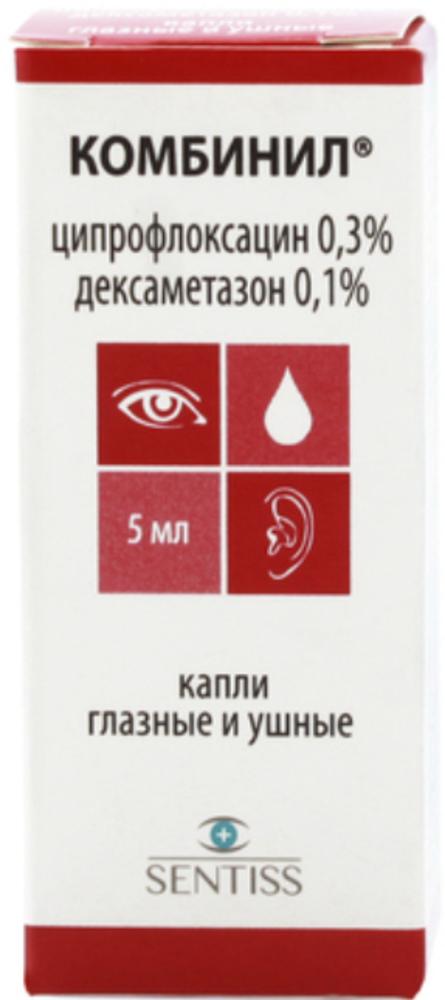




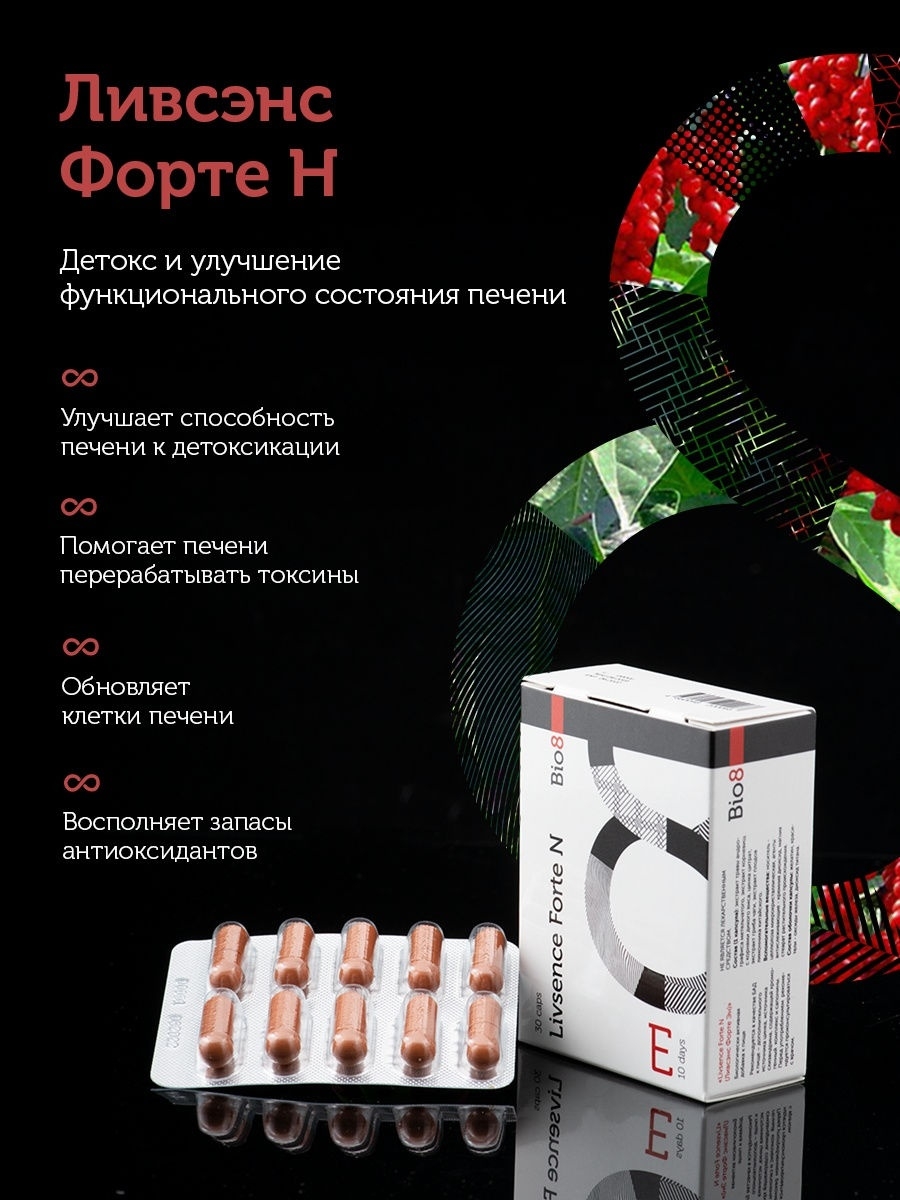
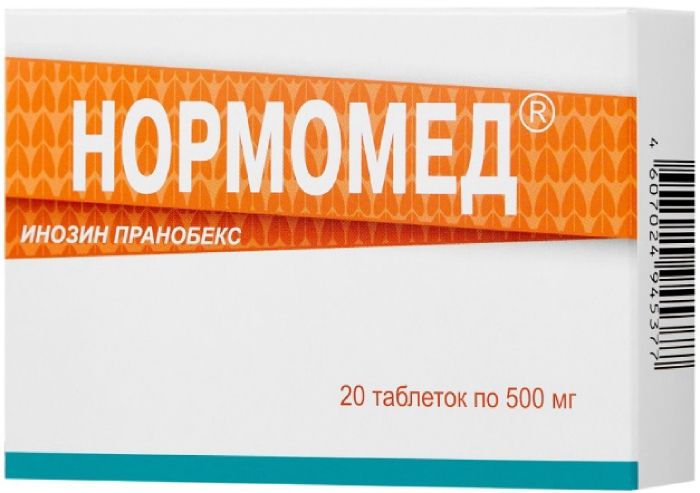




There are no reviews yet.